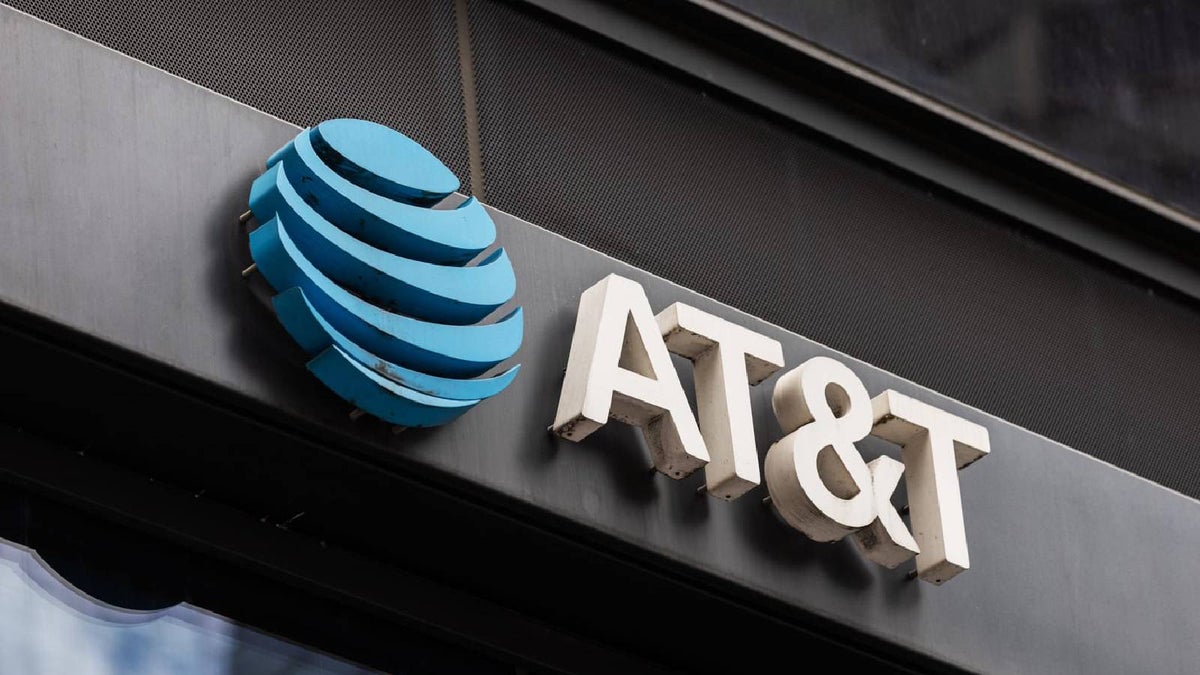Solving the last-mile puzzle: How NBFCs are democratising EV ownership in Tier II, III cities
The real leap in electric mobility won’t happen on highways—it will begin in the heart of India, where NBFCs are helping turn aspirations into access, and vehicles into ventures.


In the narrow and dusty lanes of Tier II and III towns in India, a quiet revolution is taking place. The roar of conventional engines is now replaced by the hum of the electric two- and three-wheelers (e-2/3Ws). This is further leading to a shift—sustainable mobility is gaining momentum. But beneath this surface-level progress lies a complex puzzle. It is the one centred around affordability, access, and awareness. At the core of solving this puzzle are non-banking financial companies (NBFCs). They have emerged as the unsung enablers of India’s EV transition. This is peculiar to areas which remain underserved by conventional banking systems.
Beyond lending: Financing livelihoods
In small towns like Gaya, Kanpur, or Guwahati, electric three-wheelers aren’t just a mode of transport. Rather, they’re a primary source of income. For a micro-entrepreneur in these regions, owning an EV often means the first step toward financial independence. Yet, when that person walks into a dealership hoping to purchase an EV, traditional lenders usually hesitate. No credit history, informal income, or lack of paperwork often means rejection.
This is where NBFCs step in as game changers—both with capital and context. They do not exclusively depend on historical financial data. In fact, they evaluate household dynamics, vehicle utilisation cycles, and forward-looking income potential. For instance, a borrower who drives an e-rickshaw during the day and runs a small shop in the evening may be invisible to a conventional credit algorithm but is still highly creditworthy. Such borrowers rarely default out of intent.
NBFCs establish a financial safeguard for these borrowers by developing repayment models. These models are consistent with their earnings and provide flexibility during periods of economic hardship. This further enables them to maintain their financial stability without incurring penalties or experiencing a panic situation.
NBFCs and technology integration
Disbursing a loan is only the beginning. The real impact lies in what happens after the vehicle hits the road. Numerous NBFCs are integrating post-disbursal intelligence. Nowadays, they are using telematics, route data, and vehicle performance metrics to monitor income generation and usage.
For example, if a vehicle’s daily kilometres drop significantly or if charging patterns change, it may indicate a technical issue or loss of income. These real-time insights allow for proactive engagement. A call or visit from the field team might reveal a simple battery replacement issue—or a deeper disruption in the borrower’s income stream. In either case, it calls for timely intervention. Moreover, it often averts defaults before they occur.
This blend of technology and field-level trust is helping reduce non-performing assets. Furthermore, it is building long-term borrower relationships based on support rather than surveillance.
The cost of capital
Numerous NBFCs, particularly those that are smaller or unrated, contend with a high cost of capital, despite their increasing significance. Their borrowing costs may be 600-800 basis points higher than those of banks. This further results in higher interest rates for borrowers.
The issue is compounded by systemic risks in the EV ecosystem. There’s little clarity on battery residual value, a nascent resale market, and limited insurance coverage—especially in retrofit cases. The absence of standardised product quality adds another layer of uncertainty, especially with new and unproven OEMs entering the market.
In addition, policy support remains patchy. Unlike ICE financing, green or EV loans have no special regulatory incentives. This thus calls for recognising EV batteries as a separate asset class, mandating their registration, and building a national telematics platform. Together, these steps can reduce lender risk and improve borrower outcomes.
The role of concessional capital
In order to unlock affordable financing in this high-impact, concessional capital providers—philanthropies, CSR arms, and development finance institutions—can play a catalytic role. Meanwhile, concessional loans and partial risk guarantees—the blended finance tools—assist NBFCs in reducing lending rates and broadening their reach.
Equally important is grant capital. Used strategically, it can fund digital literacy programmes for borrowers, awareness campaigns about EV maintenance, and even policy research to standardise incentives across states. Also, several well-designed interventions at this level could expedite the adoption of electric vehicles (EVs) by several years. This would further result in unleashing not only environmental benefits but also local development and livelihoods.
Tier II and III India: The real EV frontier
Electric mobility in India cannot be limited to premium four-wheelers on urban expressways. The future lies in everyday journeys—in shared rides to markets, school trips in e-rickshaws, and delivery miles logged by gig workers in small towns. These are the use cases where the economics of EVs already make sense, where the impact is most tangible, and where transformation is most urgent.
While the people driving this change often don’t have a credit score, a salary slip, or the security of formal employment; they have ambition, resilience, and the will to own their means of livelihood. What they need is a financing partner that sees beyond risk—one that sees potential.
To sum up, the real leap in electric mobility won’t happen on highways—it will begin in the heart of India, where NBFCs are helping turn aspirations into access, and vehicles into ventures.
(Nehal Gupta is the Founder and Managing Director of Accelerated Money for U (AMU) Leasing, a technology-driven NBFC that focuses on encouraging sustainable development.)
Edited by Kanishk Singh
(Disclaimer: The views and opinions expressed in this article are those of the author and do not necessarily reflect the views of YourStory.)




























































.jpg)
















































































































![[The AI Show Episode 151]: Anthropic CEO: AI Will Destroy 50% of Entry-Level Jobs, Veo 3’s Scary Lifelike Videos, Meta Aims to Fully Automate Ads & Perplexity’s Burning Cash](https://www.marketingaiinstitute.com/hubfs/ep%20151%20cover.png)





















































































































![[DEALS] Internxt Cloud Storage: Lifetime Subscription (85% off) & Other Deals Up To 98% Off – Offers End Soon!](https://www.javacodegeeks.com/wp-content/uploads/2012/12/jcg-logo.jpg)



![From electrical engineering student to CTO with Hitesh Choudhary [Podcast #175]](https://cdn.hashnode.com/res/hashnode/image/upload/v1749158756824/3996a2ad-53e5-4a8f-ab97-2c77a6f66ba3.png?#)
















































































































.jpg?width=1920&height=1920&fit=bounds&quality=70&format=jpg&auto=webp#)




























_Michael_Vi_Alamy.jpg?width=1280&auto=webp&quality=80&disable=upscale#)






























































































![Google Messages rolls out taller, 14-line text field [U]](https://i0.wp.com/9to5google.com/wp-content/uploads/sites/4/2024/06/Google-Messages-2.jpg?resize=1200%2C628&quality=82&strip=all&ssl=1)
![What Google Messages features are rolling out [June 2025]](https://i0.wp.com/9to5google.com/wp-content/uploads/sites/4/2023/12/google-messages-name-cover.png?resize=1200%2C628&quality=82&strip=all&ssl=1)














![Apple Planning Futuristic 'Glasswing' iPhone With Curved Glass and No Cutouts [Gurman]](https://www.iclarified.com/images/news/97534/97534/97534-640.jpg)

![UGREEN FineTrack Smart Tracker With Apple Find My Support Drops to $9.99 [50% Off]](https://www.iclarified.com/images/news/97529/97529/97529-640.jpg)







































































